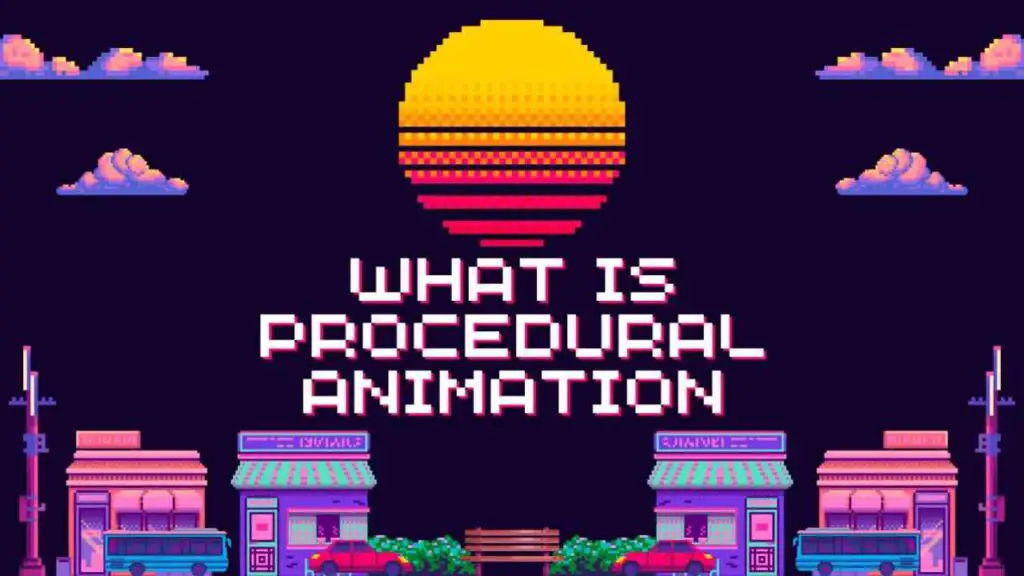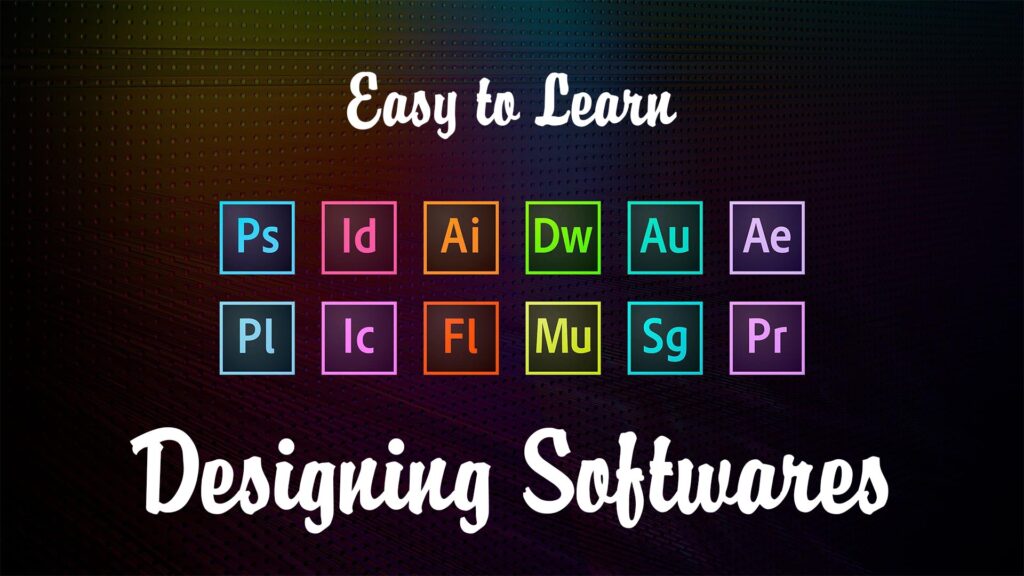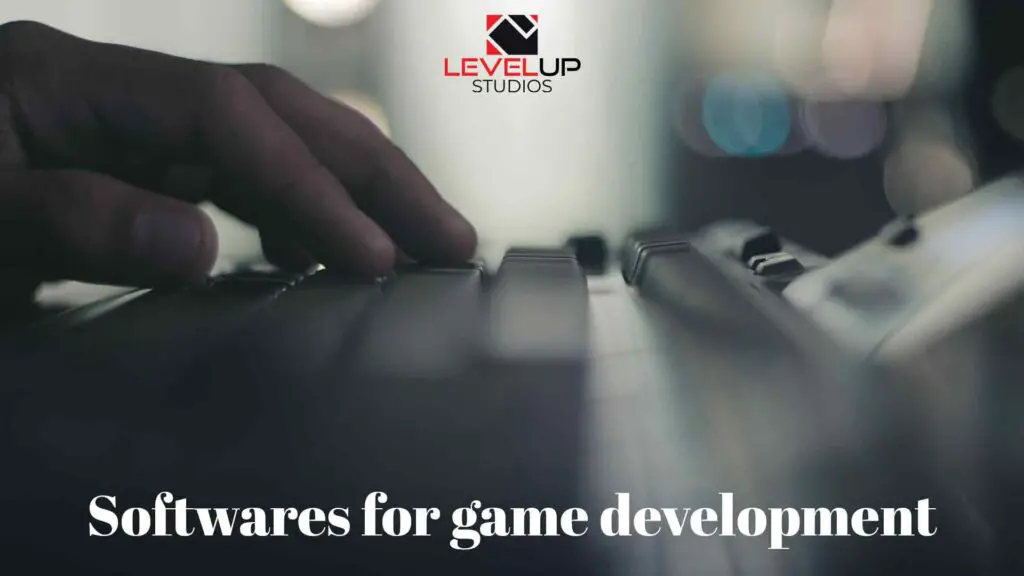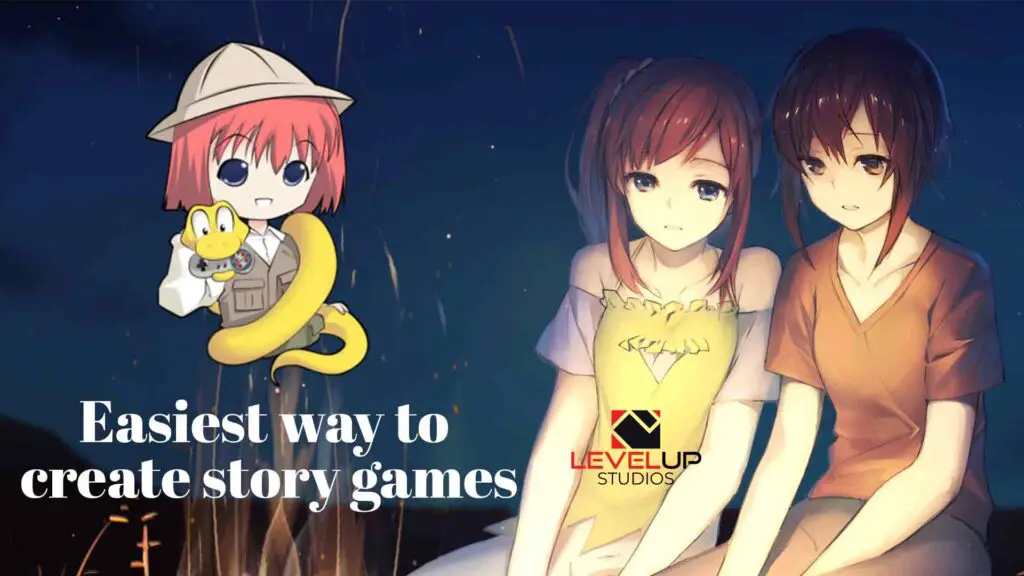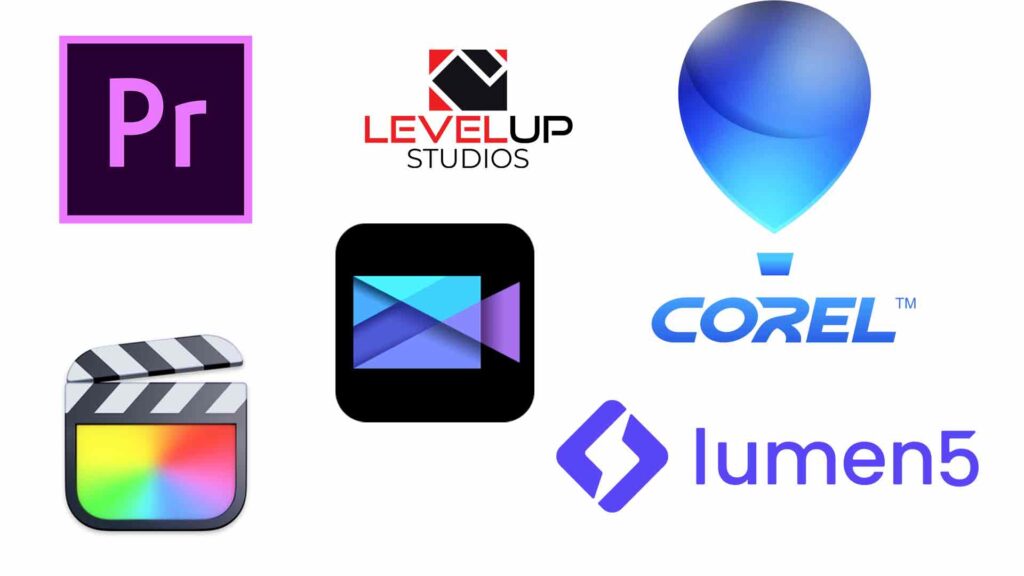THIS ARTICLE MAY CONTAIN AFFILIATE MARKETING LINKS! IN CASE YOU MAKE A PURCHASE THROUGH ONE OF THE LINKS, WE'LL GET A SMALL COMMISSION. WITH NO EXTRA CHARGES TO YOU. THANKS!!
Ever wondered about what is Procedural Animation? If you did then continue reading as we explore about procedural animation. Procedural animation stands at the forefront of digital artistry, offering a dynamic and versatile approach to bringing virtual worlds to life. Unlike traditional keyframe animation, which relies on the meticulous handcrafting of each frame, procedural animation harnesses the power of algorithms to generate motion that is both responsive and adaptive.
This technique not only streamlines the animation process but also imbues characters and environments with a level of realism and spontaneity that was once unattainable. As we delve into the intricacies of procedural animation, we uncover its profound impact on the gaming and film industries, where it has become an indispensable tool for creators seeking to push the boundaries of imagination and interactivity.
What is Procedural Animation?
Procedural animation is a type of computer animation that is used to automatically generate animation in real-time. This technique allows for a more diverse series of actions than would be possible with predefined animations. It’s often used in video games and simulations where traditional animation can be too cumbersome or inflexible.
The core idea behind procedural animation is that movements can be generated through algorithms, rather than being manually created by animators. This can include simulating physics to create realistic movements, like water flowing or characters walking. For example, ragdoll physics is a form of procedural animation where a character’s movement is simulated in response to the environment, providing a more realistic depiction of falling or impact.
Procedural animation can also refer to techniques that use rules or mathematical functions to determine how an object moves or behaves within a simulation. This approach can lead to more dynamic and adaptive animations that can interact with their surroundings in a believable way.
How is Procedural Animation Different from Keyframe Animation
Procedural animation differs from keyframe animation in that it relies on algorithms and rules to generate motion, rather than the manual placement of keyframes by an animator. While keyframe animation requires an animator to define specific poses at certain times for smooth transitions, procedural animation creates movement dynamically, allowing for real-time interactions and adaptations to environmental changes. This makes procedural animation particularly useful in video games and simulations where unpredictability is a factor. Conversely, keyframe animation offers more control and precision, making it ideal for pre-rendered sequences where detailed choreography is needed.
Use of Procedural Animation in Video Games
Procedural animation in games is used to create more lifelike and interactive environments. Here are some great examples of uses of procedural animation
Ragdoll Physics: In many action games, when characters are defeated or subjected to large forces, their bodies react in a realistic manner thanks to ragdoll physics. This procedural animation technique simulates the physics of a body, allowing each part to move independently, creating natural-looking movements that respond to the environment, such as falling down stairs or being hit by an explosion.
Inverse Kinematics (IK): Games that feature climbing or interactions with various objects use inverse kinematics to create believable movements. For instance, when a character reaches out to grab a ledge or adjusts their footing on uneven terrain, IK algorithms calculate the necessary joint angles to achieve these actions, resulting in smooth and realistic animations.
Dynamic Cloth Simulation: In games with detailed character costumes, dynamic cloth simulation is used to make clothing react naturally to the character’s movements and environmental factors like wind. This procedural technique ensures that capes flow, skirts twirl, and coats flap in a believable way, enhancing the visual fidelity of the game.
Procedural Facial Animation: Some games employ procedural methods to animate characters’ facial expressions. Instead of manually animating each expression, algorithms can generate a range of emotions and lip-syncing in real-time, based on the dialogue and context, providing a more immersive storytelling experience.
Ecosystem Simulation: Open-world games often simulate ecosystems procedurally. Animals and plants behave according to complex rules that govern their interactions, movements, and life cycles, creating a dynamic and ever-changing environment that players can interact with.
These examples showcase the versatility and realism that procedural animation brings to video games, allowing for more dynamic and responsive gameplay experiences.
Downsides of using Procedural Animation
While procedural animation offers significant advantages in terms of realism and dynamism, it also has its downsides. One of the main disadvantages is its unpredictability; the automated nature of procedural animations can sometimes result in unexpected or unrealistic movements, which can be particularly noticeable and jarring in high-stakes or dramatic moments in games.
Additionally, the complexity of creating robust procedural systems can be a daunting task, requiring a deep understanding of both the artistic and technical aspects of animation. This complexity can lead to increased development time and costs, as well as a steep learning curve for animators and programmers. Moreover, procedural animation may not always capture the nuanced, hand-crafted feel of keyframe animation, potentially leading to less emotionally resonant moments. As such, developers often use a combination of procedural and keyframe animation to balance control and flexibility.
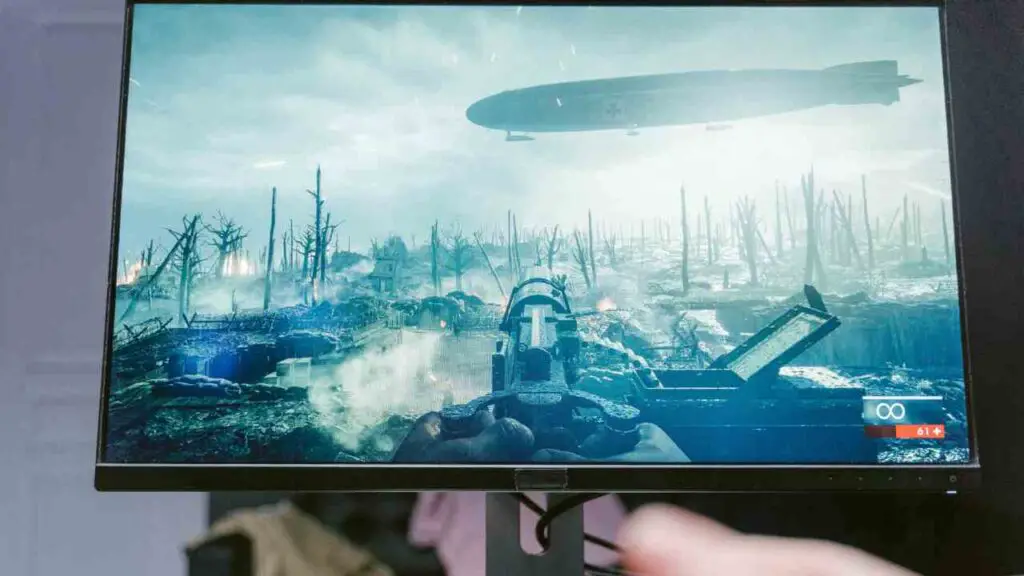
Procedural Animation in Movies
Procedural animation in movies is a groundbreaking technique that has revolutionized the way filmmakers bring to life complex scenes and characters. It allows for the creation of animations that are not only dynamic and adaptable but also highly detailed and lifelike. This method is particularly useful for simulating natural phenomena such as fire, smoke, water, and crowd movements, which would be incredibly time-consuming and difficult to achieve with traditional keyframe animation.
By using algorithms and rules, procedural animation can generate these elements in a way that responds realistically to the environment and interactions within the scene. For example, in large-scale battle scenes, each character can react individually to the surrounding chaos without the need for individual keyframes, creating a more organic and convincing experience.
Procedural animation also shines in creating realistic animal movements and behaviors, as seen in nature documentaries or fantasy films where mythical creatures come to life. The flexibility of procedural animation means that filmmakers can iterate quickly, making changes and adjustments that would be impractical with keyframe animation. This not only saves time but also opens up new creative possibilities, allowing artists to experiment with different outcomes and refine their work to an unprecedented degree.
Required Skills for Procedural Animation
To master procedural animation, a blend of artistic insight and technical prowess is essential. Artists must first conceptualize the logic and parameters that govern the movements they wish to animate. This involves a deep understanding of motion, physics, and the way living beings interact with their environment. Then, these rules must be translated into code within 3D modeling software, requiring proficiency in programming languages such as Python or C++.
Familiarity with animation software like Maya or Blender, and game engines like Unity or Unreal Engine, is also crucial. Additionally, knowledge of mathematics, particularly in areas like trigonometry and linear algebra, is important for creating the algorithms that drive procedural animations. While this may seem daunting, various tools and platforms are available to make the process more accessible, even for those with minimal coding experience. The key is a willingness to experiment, iterate, and refine animations to achieve the desired level of realism and dynamism.
Procedural Animation for Beginners
For beginners interested in procedural animation, the journey begins with a foundational understanding of traditional animation principles and a curiosity about the mechanics of movement. Diving into procedural animation requires a willingness to explore the intersection of art and technology, as it involves not just the creative aspects of animation but also the logical structuring of movement through code. Beginners should start by familiarizing themselves with animation software that supports procedural techniques, such as Blender, which is freely available and widely used in the industry. Tutorials and online resources, including step-by-step guides and video tutorials, can provide invaluable guidance. Learning the basics of programming, particularly languages like Python that are often used in animation software, is another crucial step.
This knowledge allows for the creation of custom animations and the manipulation of existing procedural systems. Additionally, understanding the principles of physics and mathematics is beneficial, as these are frequently applied in procedural animation to simulate realistic movements. As beginners progress, experimenting with simple projects and gradually increasing complexity will build confidence and skill. Joining online communities and forums can offer support, feedback, and a sense of camaraderie as one navigates the learning curve. Ultimately, patience and practice are key, as mastering procedural animation is a journey of continuous learning and creative exploration.
Conclusion
In the ever-evolving landscape of animation, procedural techniques stand as a testament to the ingenuity and adaptability of creators. As we have explored, procedural animation offers a realm of possibilities, from the intricacies of a character’s stride to the grandeur of dynamic ecosystems. It challenges the traditional confines of animation, allowing artists to craft worlds that breathe with autonomy and react with a life of their own.
While it may come with its complexities and learning curves, the future of procedural animation is undeniably bright, promising ever more immersive and interactive experiences. As technology advances, so too will the art of animation, continuing to blur the lines between the created and the real, leaving us in eager anticipation of what marvels lie just beyond the horizon.
